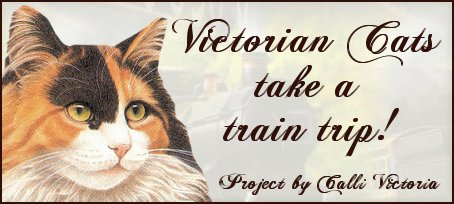 |
 |
Mews,
Founded in 1883 as the first international express train of Compagnie des Wagons-Lits, The Orient-Express is still the most famous of all CIWL trains. This is why Compagnie des Wagons-Lits has refurbished a train of historical coaches that had been preciously kept in special workshops in Ostende, Belgium. Today, the magnificent Pullman Orient-Express is specially dedicated for large groups, sold to tour operators or companies who wish to organize special events for their VIP guests or clients.  The first self-propelling steam engine or steam locomotive made its outing on 13 February 1804 at the Pen-y-Darren ironworks. The engine was able to pull a load of 15 tons at a speed of about 5 mph. An early locomotive was called Puffing Billy.  The few coppers required for a five-mile journey to the nearest market town was a lot to the poorer class of passenger who might, with luck, be earning ten shillings a week, with a wife and several children to support. (Railway labourers on the permanent way received an average of about 16 shillings a week in the 1860s.) Country people tended to stay where they were, in any case, and if they had to go anywhere at all, within reasonable limits, would walk there and walk back, in the same way that, as children, they had walked several miles to school. This may partly account for the fact that, apart from the staff, the working classes do not appear to have been photographed very much, except for a few well-known and frequently published pictures. |
